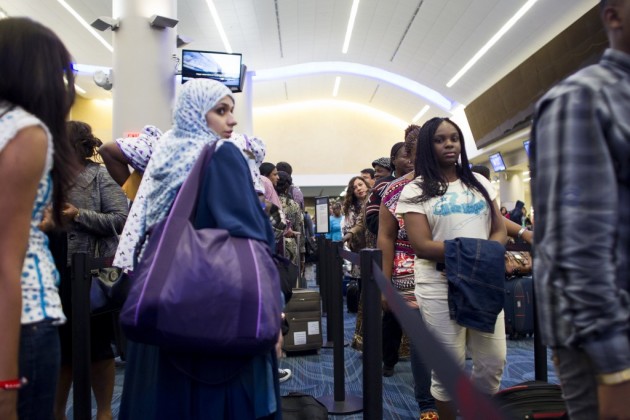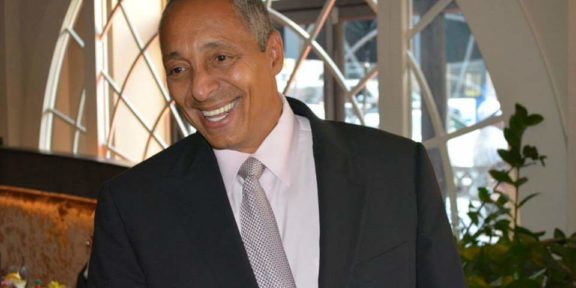District of Columbia Public School students are showing that when it comes to test scores, they won’t be left behind.
Preliminary results from a test measuring if schools are meeting federal guidelines for progress under No Child Left Behind, show most DC students have improved in both math and reading. Eight-year-old Marcus Andrews of Northwest DCPS is one of many students required to take standardized tests to measure academic skill and has hope that his test scores will improve.
“I’m not afraid to take the test now,” Andrews said. “My teachers help me a lot and when I’m confused they help me understand.”
In 2007, Mayor Adrian Fenty partnered with the City Council to take control of the failing District of Columbia Public Schools when he appointed Michelle Rhee as Chancellor. Together they began a systematic reform process to transform DCPS from one the lowest achieving school systems in the United States to an exemplary model of public education. Students who attend D.C. Public Schools are required to take the Stanford Achievement Test twice each year in reading and math. Students are tested in the fall in order to measure their academic level as they begin a new school year. The spring test measures how much they have learned during the year. The compared results allow teachers to know if students are doing well and to see exactly where they need more help. An annual progress report was initiated as a review of decisions, actions, and outcomes for the 2007-2008 school year. The report documents the path to realizing DCPS’s ultimate purpose: increased opportunities for the children of Washington, DC, through effective education.
This past July, Rhee congratulated concerned parents and students with the progress report of DCPS.
Willetta Jackson, a nurse and mother of two DCPS students, was pleased with the test results.
“I think Chancellor Rhee has done a great job,” Jackson said. “She stuck to her word whether or not we believed in her or not, and I think that the students can see that and admire that about her.” Students at the southeast school showed a 17 percent improved score in reading this year and did 15 percent better in math. Preliminary results show DC elementary schools saw an 8-percentage point improvement in reading and an 11-point gain in math skills. Secondary schools saw 9-point increases in both reading and math proficiencies.
Rhee credits the improvement to new test preparedness plans, the hard work of teachers and students, and efforts galvanized by former superintendent Clifford Janey to put these measures for improvement into fruition.
Although the new test scores show monumental progress from recent years, they still fall behind national averages. Rhee noted that these are only the beginning stages of improvements to the school system and much more hard work is still ahead.




